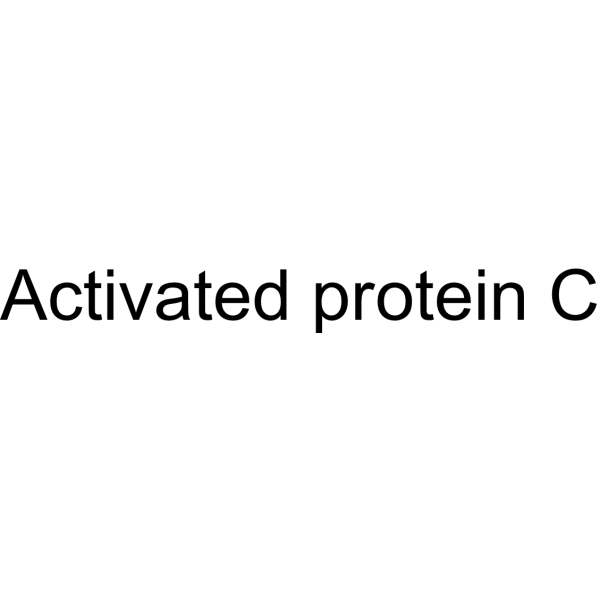The regulation of natural anticoagulant pathways.
C T Esmon
Index: Science 235(4794) , 1348-52, (1987)
Full Text: HTML
Abstract
Vascular endothelium plays an active role in preventing blood clot formation in vivo. One mechanism by which prevention is achieved involves a cell surface thrombin-binding protein, thrombomodulin, which converts thrombin into a protein C activator. Activated protein C then functions as an anticoagulant by inactivating two regulatory proteins of the coagulation system, factors Va and VIIIa. The physiological relevance of the protein C anticoagulant pathway is demonstrated by the identification of homozygous protein C--deficient infants with severe thrombotic complications. Recent studies suggest that this pathway provides a link between inflammation and coagulation.
Related Compounds
| Structure | Name/CAS No. | Molecular Formula | Articles |
|---|---|---|---|
 |
Activated protein C
CAS:42617-41-4 |
|
Protein C activation peptide inhibits the expression of ICAM...
2012-01-01 [Folia Histochem. Cytobiol. 50 , 407-13, (2012)] |
|
The roles of protein C and thrombomodulin in the regulation ...
1989-03-25 [J. Biol. Chem. 264(9) , 4743-6, (1989)] |
|
The stimulation by monovalent cations of the amidase activit...
1986-11-15 [J. Biol. Chem. 261(32) , 14991-6, (1986)] |
|
The effect of monovalent cations on the pre-steady state rea...
1987-01-05 [J. Biol. Chem. 262(1) , 140-6, (1987)] |
|
205Tl+ as a spectroscopic probe of the monovalent cation bin...
1987-05-25 [J. Biol. Chem. 262(15) , 7098-104, (1987)] |